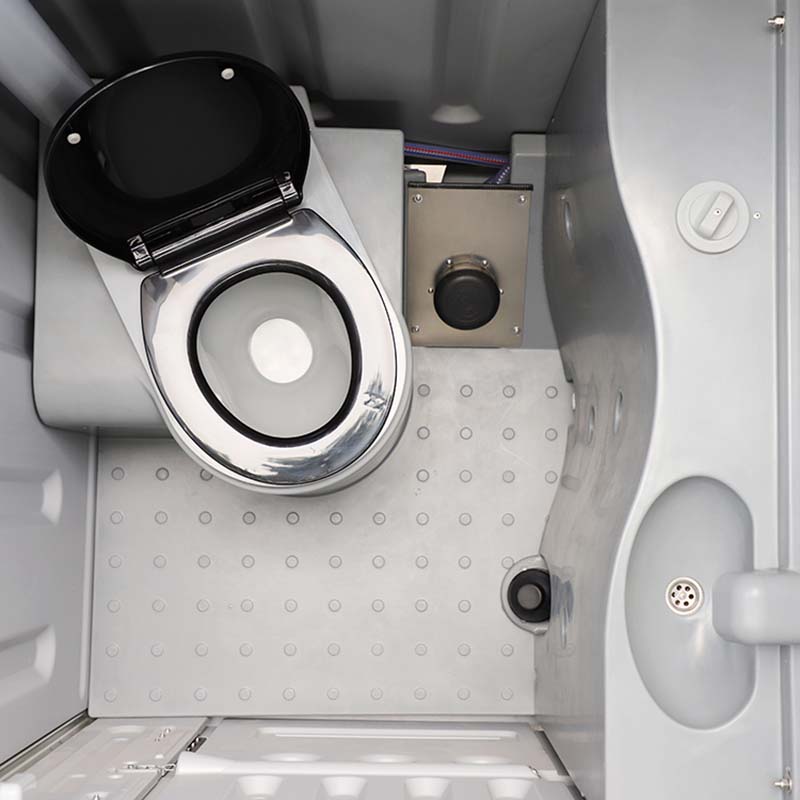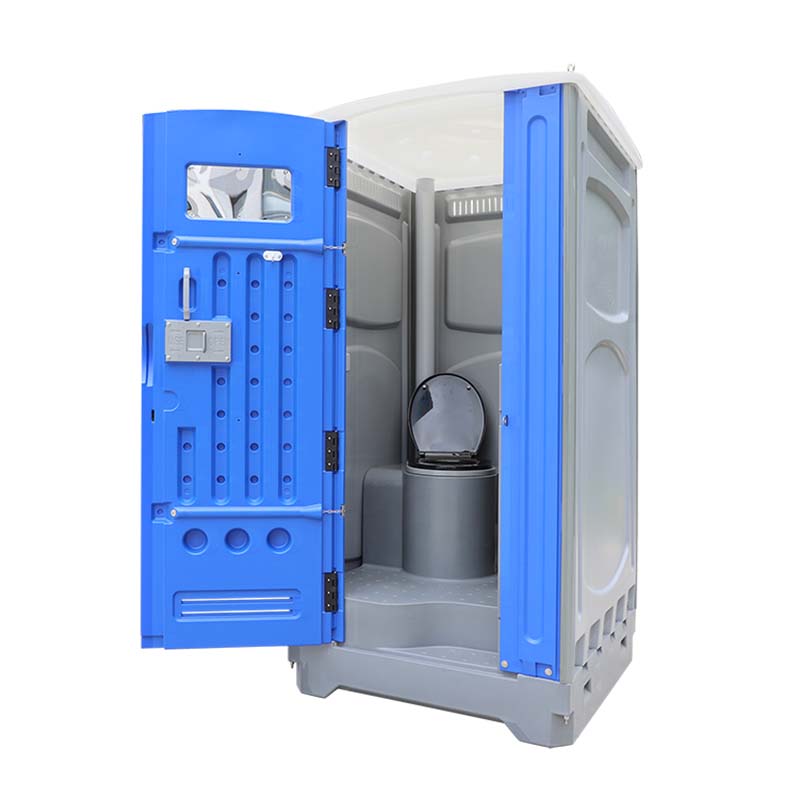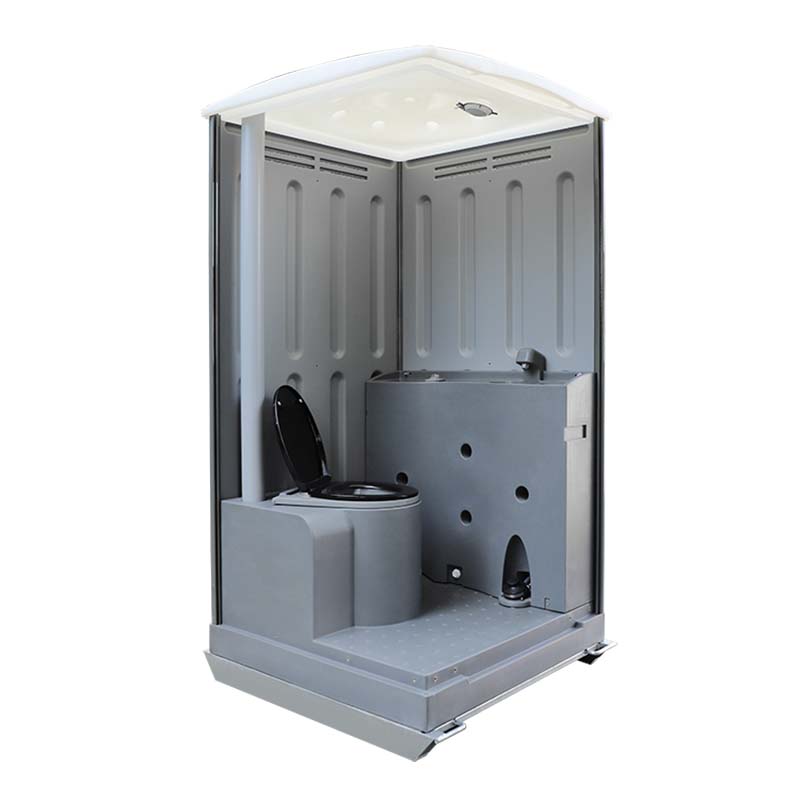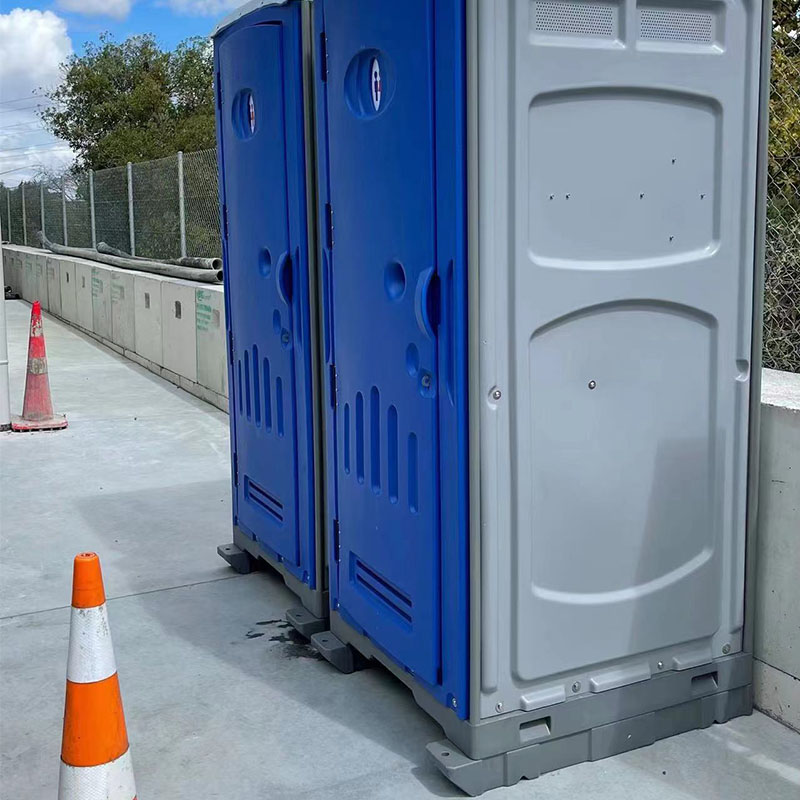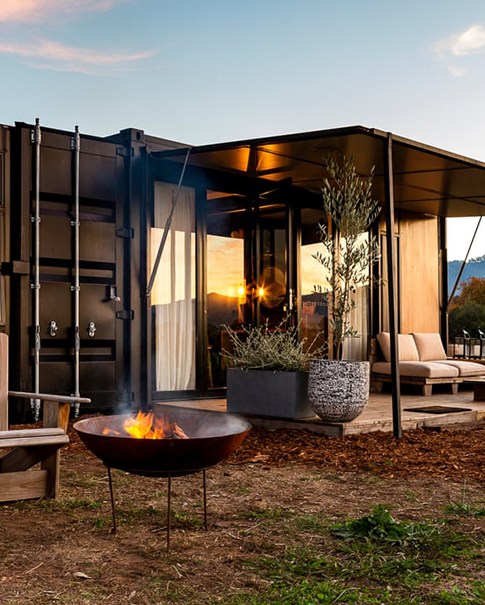Types of Porta Potties
May 22, 2023
Portable toilets, also known as porta potties, porta johns, and other more colorful names, are a staple of sports events, music festivals, and outdoor festivities. They aren’t a new invention, with the first ones coming out in the 1800s. The first true porta potties were used in shipbuilding yards for dock workers who would otherwise have to walk off site to use the bathroom. Today, porta potties are used in places where public toilets are not available.
Since their inception, portable toilets have changed a lot. In the past, there weren’t very many types of portable toilets. Now, we have a wide variety of porta potties that you might have seen in various places. In this article, we’ll go over the different types of portable toilets and how they are used.
Different Types of Portable Toilets
Single Stall Portable Toilets: the most common type
When you think “porta potty”, you probably think of a single stall portable toilet. These are the most common type of portable toilets found today, and usually look like a large box with a door. Inside, you generally find a toilet, with a hole that leads to a holding tank.
Single stall units may sometimes have urinals inside. Other common features include a toilet seat, a hand washing area, and a locking latch on the door.
Some single stall units are ADA-compliant, making them accessible for wheelchair users, however others may be a bit more difficult for wheelchair uses to use and are thus not ADA compliant.
Double Stall Portable Toilets
Double stall units are a bit less common than their single stall counterparts, but they are still used for many different situations. Double stall portable toilets are most common at small events such as weddings, outdoor company functions, open houses, and other similar events.
The reason people would use a double stall portable toilet is to allow for a men’s and women’s section, but without having to rent two separate units. For this reason, double stall units are usually more expensive than a single stall unit but overall, the cost may be lower.
Restroom Trailers
These units are a direct upgrade from a typical porta potty, mainly because they tend to feature more amenities and a lot more room. If you’re looking to provide your guests with a much more comfortable and spacious restroom experience, a restroom trailer is your best bet.
On the flip side, restroom trailers are much more expensive than typical single stall units. Most people who rent them place great importance on their restroom experience.
Urinal Only Units
These units are not typically used on job sites, but tend to be used at festivals or events where there is a large amount of alcohol consumption. Urinal only units are meant to help reduce traffic toward typical porta potties by allowing men to urinate at a separate station. Urinal only portable toilets usually come 4 urinals to a unit. For most situations, though, you’re better off getting a single stall unit.
High Rise Portable Toilets
Construction workers who are suspended hundreds of feet in the air working on unfinished buildings still need to use the restroom, but might not have one available. For this purpose, high rise portable toilets can be lifted via crane to provide relief to these workers. It’s much more sanitary than the alternatives!
